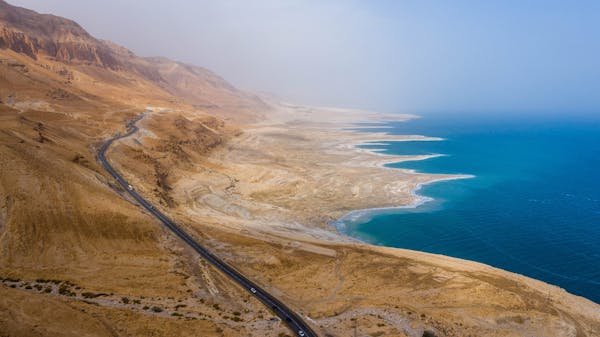Thyatira was an ancient Greek city in Asia Minor located in the mouth of a long valley that extended north and south connecting the Hermus and Caicos valleys. Thyatira was located along a highway that was a major arterial road for communication and trade. During the time of the Roman Empire, the Imperial Post-road followed this highway, and when Pergamos was the capital of Asia minor it was the most important trade route in the region.
Thyatira was built by Seleucus I Nicator, the founder of the Seleucid dynasty and one of Alexander’s Diadochi who tore his kingdom to shreds after his death. Seleucus’ kingdom was bordered on the northwest by the Kingdom of Lysimachus and as a defense against him, Seleucus planted a colony of Macedonian soldiers at Thyatira effective turning it into a cavalry outpost and garrison city between 300 and 282 BC.
Later during the Hellenistic period, Thyatira became a strategic military outpost during wartime and changed hands between the Seleucid dynasty and the Attalid dynasty. In many ways, it was a key to holding the great highway that wound through the valleys. Because of its key location the strength of the Attalid dynasty and by extension the city of Pergamos, which was the capital of their kingdom, rested on the strength of Thyatira. In that way, the fortunes of Pergamos and Thyatira were inextricably linked.
But though it was a key gateway into the region it never gave the impression of being a fortified city. In many ways, Thyatira gave the impression of weakness, subjection, and dependence. No one could ever mistake Thyatira for being a powerful ruling city. In essence, Thyatira was a vassal city built to protect whichever empire it happened to belong to at the time by holding off the advance of its enemies deeper into imperial territory.

